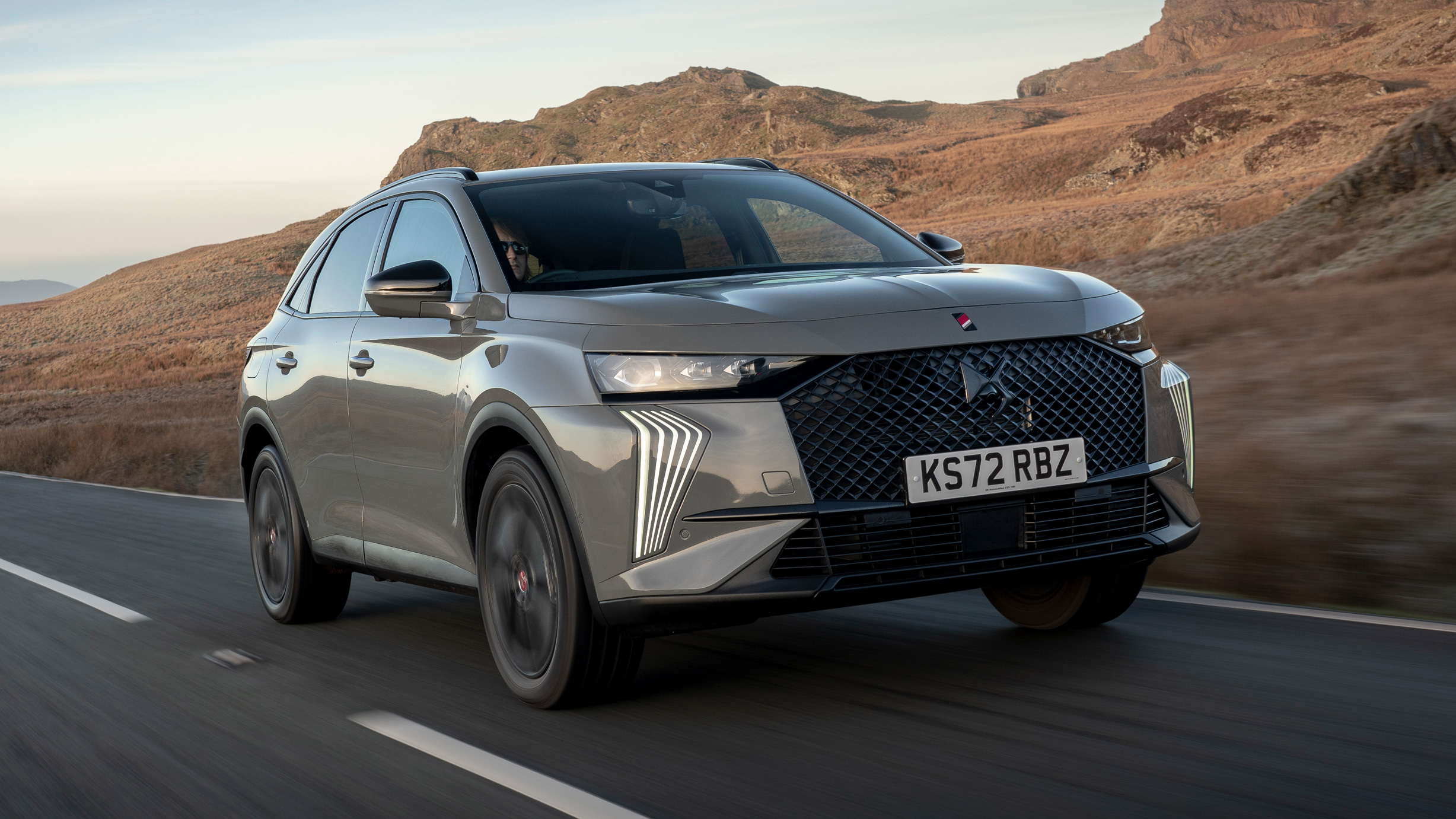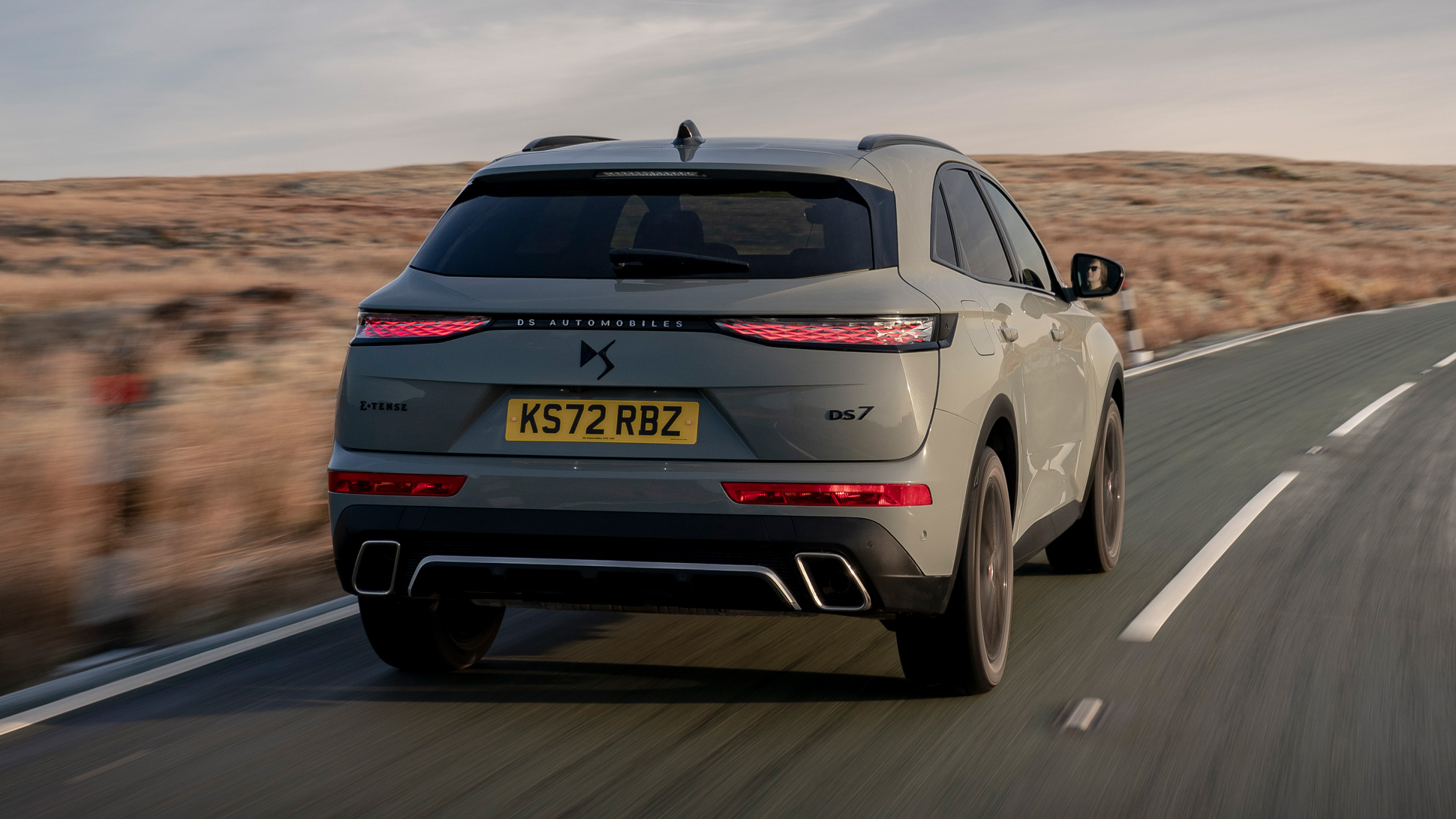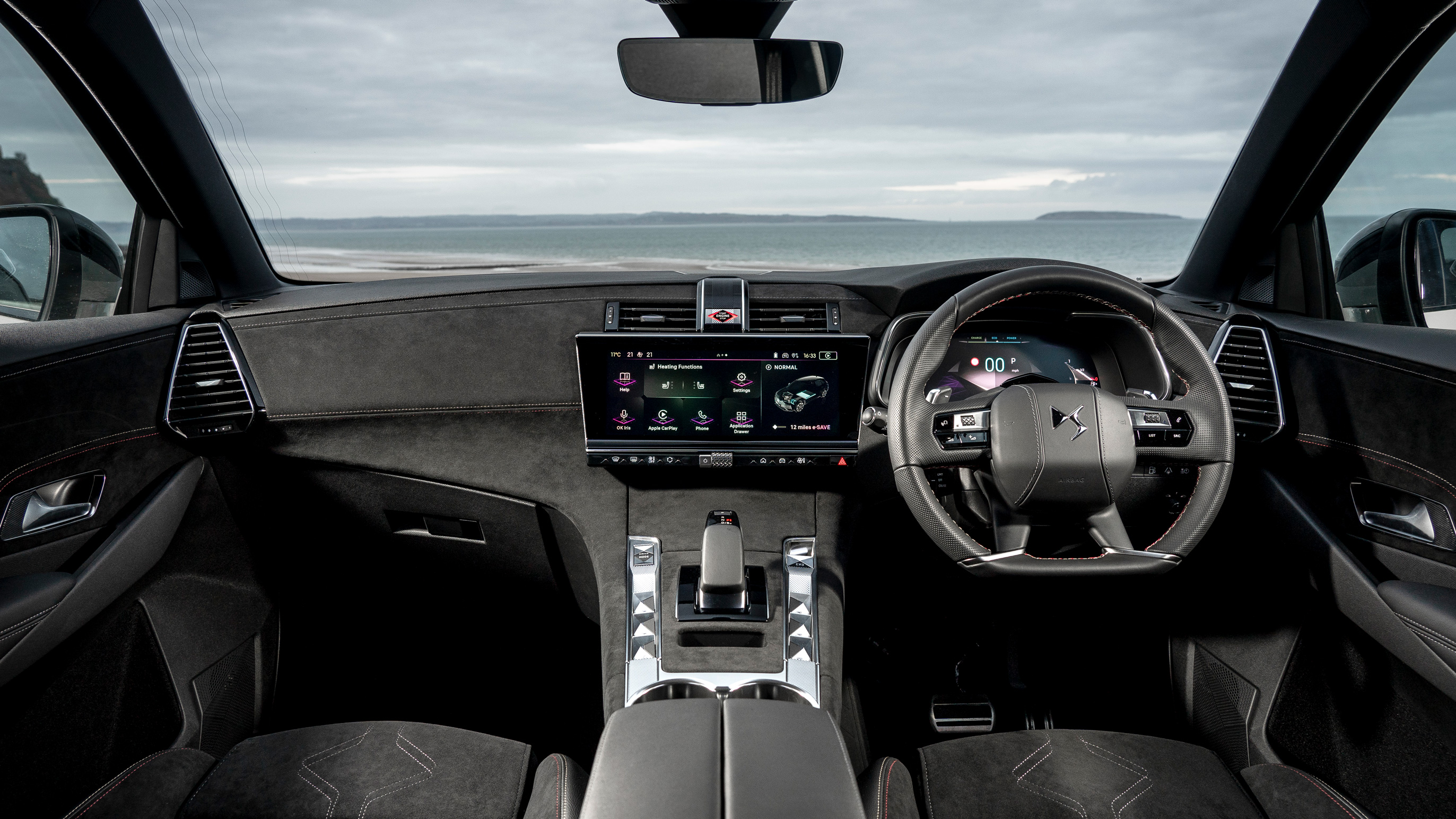
Driving
What is it like to drive?
The 1.5-litre diesel makes 128bhp and the entry-level 1.6 plug-in hybrid a useful 222bhp, both their efforts transmitted to the front wheels only, while the 296bhp and 355bhp plug-in hybrids split the power between all four wheels, their back ones bing driven electrically, the fronts by the engine. Having the 4x4 is a bonus if you live up a snowy track.
We’ve tried the base-level 222bhp and range-topping 355bhp plug-in hybrids so far. In the former, the steering is light but precise enough, while a 0-62mph time of 8.9 seconds means it accelerates fairly keenly. But what’s most noticeable – or not – is just how quiet it is, even when the combustion engine kicks in. With little road noise from the 19-inch tyres either, it’s impressively insulated.
As expected, the ride is pleasingly supple, particularly on smooth-ish roads, with the Active Scan Suspension – standard on the 4x4 versions – doing its thing well. It employs a camera to see bumps and potholes in the road, with a computer calculating when each wheel will hit them and adjusting the damping accordingly. Cunning.
It’s not perfect, with the odd pothole and drain cover still jarring in the cabin, and the payoff is a fair amount of pitch and roll through corners. Feels slightly floaty at higher speeds, too. There’s a clear bias towards comfort, which is no bad thing. If things really are getting too floaty on a given stretch of road, you can switch to 'sport' which cuts the scanning system out and firms the dampers permanently.
How does the range-topper compare?
The on-paper promise is there. They say it was developed with input from DS's championship-winning Formula E engineers.
It’s certainly quick, capable of the zero to 62mph sprint in 5.6 seconds courtesy of its 197bhp petrol engine and two electric motors (one front, one rear), while it also gets a lowered chassis, wider track, bigger brakes and 21-inch wheels. That wide chassis certainly improves the looks.
While the body control is much improved and it feels more stable when thrown around a corner, it also feels heavier (weighing in at 1,885kg) and the ride is noticeably firmer. The larger alloy wheels and low-profile tyres do little to help matters. It smashes into potholes and shudders on any kind of surface corrugations. And that's in 'comfort' mode.
Bung the chassis into 'sport' use the paddles to hold a gear, and it will track quite nicely around a smooth bend, and you can feel all wheels driving. But leave the chassis in that setup and the ride is plain horrible, and fake noise intrudes.
So that top-power DS 7 is a car of muddled identity. Stick to the softer ones.
What about the other tech?
Our test model came with DS Drive Assist – standard on Opera models upwards – with the lane-keep assist in particular one of the better systems we’ve used, working effectively without proving too intrusive. Big tick from us there.
DS Night Vision, a system that uses an infrared camera to scan the road and its edges to detect cyclists, pedestrians and animals at distances up to 100m away, also worked well. Any dangers were outlined in yellow and red boxes on the instrument screen, followed by a beep for really critical obstructions. Smart. But don't get transfixed by the screen. Watch the road, and let the boxes show up in your peripheral vision.
Featured

Trending this week
- Car Review
BMW iX3






